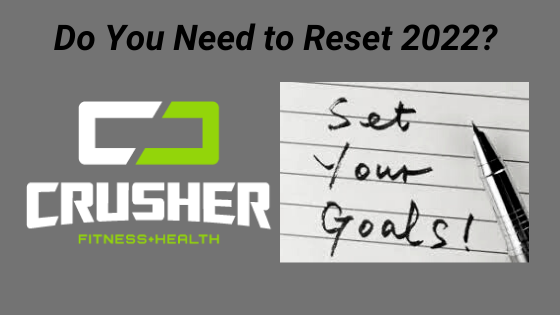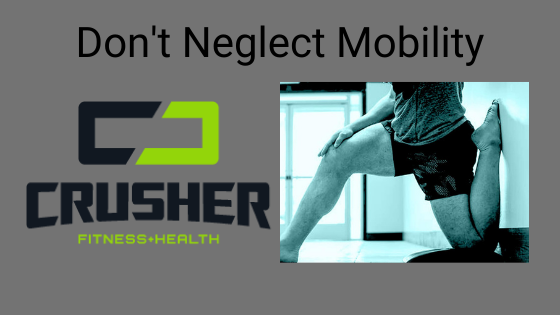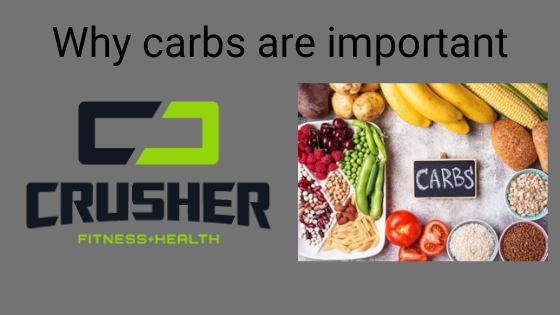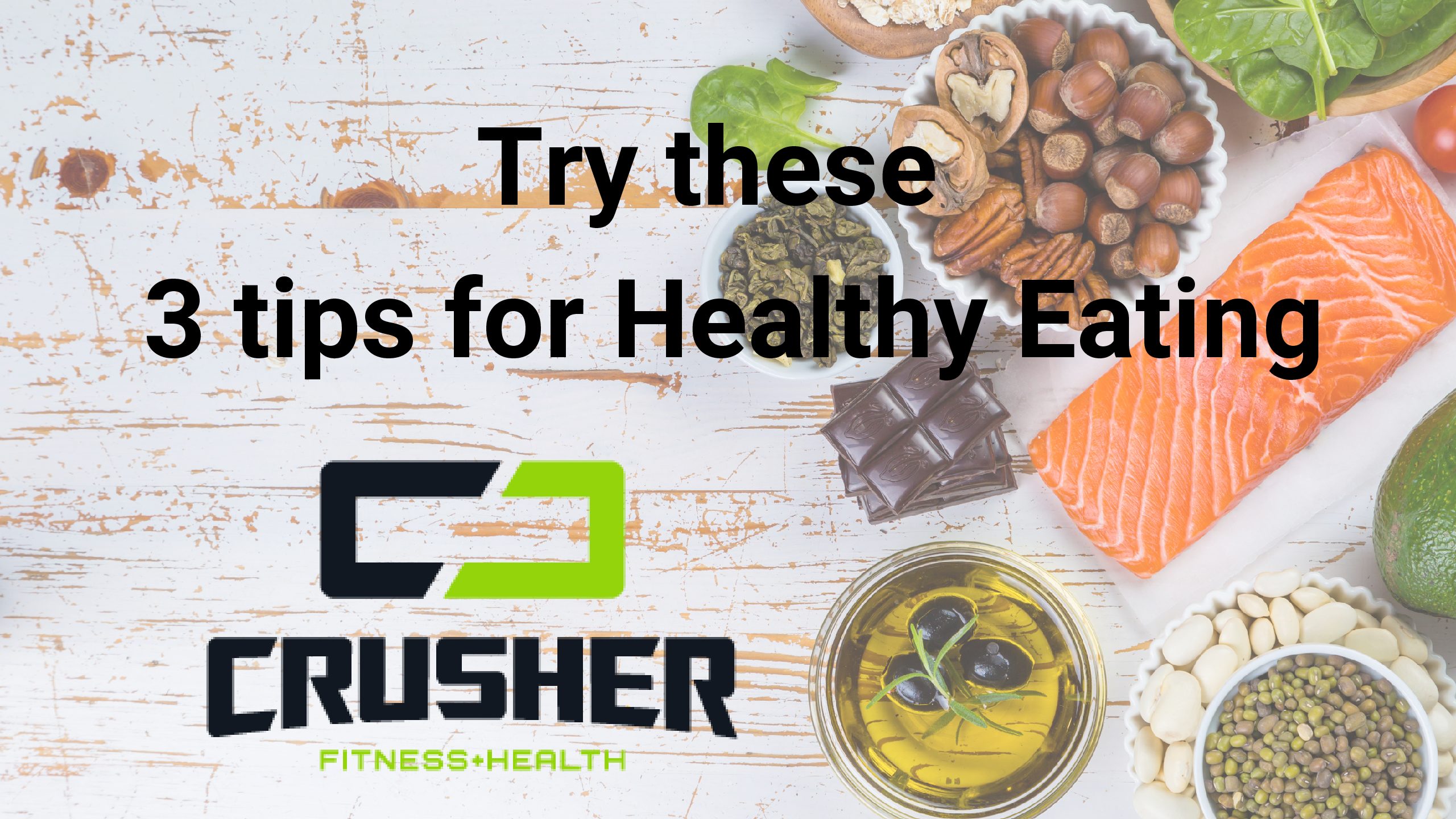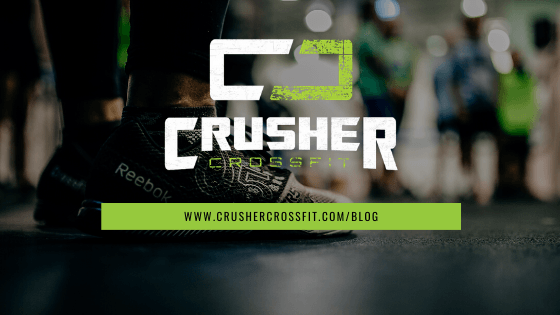Did you make a New Year’s Resolution that you already put to the side? Don’t worry, you still have time to get back on track. Below are some steps to help.
Most of us have no problem once we’re at the gym, on the trail, or biting into a salad. An object in motion tends to stay in motion. But getting to that point. Doing the “healthy thing” or the “hard thing” that we know will benefit us. That can be a bit trickier.
There is a certain amount of activation energy we must muster anytime we want to break out of our normal habit patterns. It’s hard to make will power override the status quo every time we need to make a decision though. If you’re someone who finds themselves frequently running into barriers when it comes to healthy habits then this article is for you!
Here are 4 Tips to help you get started on your healthy habits!
1. Define your task.
2. Make it as easy as possible to begin.
3. Find a way to make it more fun or interesting.
4. Stop publicly sharing your goals.
1. Define your task.
Specificity is your friend when it comes to taking action. The more focused and detailed your pursuit is, the more likely you will be to get it done. Just think about the following 3 statements:
- “I’m going to eat healthy today.”
- “I’m going to have a salad for lunch.”
- “I’m going to eat a vegetable and lean protein with each meal and avoid eating sugar today.”
Which person do you think is going to have the most success with their healthy eating today?
Ding ding ding! If you said person number three you are absolutely correct. This person took an approach that set them up for success in their meal choices for the day. Notice that they didn’t have to do anything special to make this happen. The short amount of time it takes to plan how you will attack your healthy habit will pay tremendous dividends in the end!
2. Make it as easy as possible to begin.
As we talked about before, there is always a certain amount of activation energy required to start a new habit or task. If we can reduce the amount of activation energy it will be easier to get started.
That’s science, right? Boom!
So how do we actually apply this concept? There are a ton of ways. Let’s say the habit is to go to the gym at 6am tomorrow morning. What are all the things that could make your trip to the gym happen successfully? You could:
- Set your alarm so that you have enough time to wake up, get ready, and drive to the gym with 10-15 minutes to spare.
- Set up your morning coffee and a simple breakfast so it’s ready to go.
- Set a bedtime alarm reminding you to shut down the tech and get ready for bed at a desirable time.
- Pick out your gym clothes and anything else you need to start your day off as a success.
- RSVP/Sign up for the class.
- Coordinate with a friend to carpool together to class. (This is a great way to stay accountable!)
The less you have to do at any given moment the easier it will be to take action. Try to eliminate as many barriers as possible that would present as an obstacle to your goal.
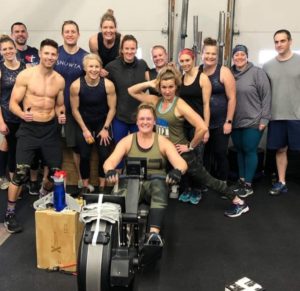
3. Find a way to make it more fun or interesting.
If you struggle to prepare healthy meals or don’t really like to exercise maybe you just haven’t found the approach that works for you. Trying a group fitness class, small group session, or personal training appointment might help you figure out the right environment and type of support you need to make going to the gym “not so bad” 🙂
If cooking and eating healthy is a struggle try to come up with a ritual that makes meal prep more fun. Invite a friend over, crank up some tunes, or binge-watch one of your favorite shows while you chop veggies and cook up your meals for the week!
4. Stop publicly sharing your goals.
Studies have shown that people who publicly announce their goals or intentions are actually less likely to follow through on them. When you tell someone “I’m going to lose 10 lbs” or “I’m going to hit the gym 5 days a week” it feels good at the moment. According to the study, that sense of completeness you feel will make you less effective than if you were to keep the goals to yourself.
So what should you do instead? Write down the goals you have or some of the changes you want to make. Discuss a plan of action with an experienced coach who can tell you what it takes to get there. Keep it secret. Keep it safe. Get it done.
There you have it, 4 tips to help you get started towards your wellness goals.
When you hear that alarm go off in the morning and your first instinct is to hit that snooze button remember this maxim from Marcus Aurelius, “Is this what I was created for? To huddle under the blankets and stay warm?” Remember it is human nature to seek comfort. But it is our most basic desire that we are satisfied in the process. Hold yourself to that higher standard. The delayed gratification of getting out of bed for a walk or to hit the gym will improve your life and fulfillment in the long run. The warm bed feels good in the moment, but you’ll sleep easier knowing your actions are aligned with your words.
Need help? Come see what Crusher is all about. Our supportive community and coaches will help you stay on track to make this year your best year yet!
